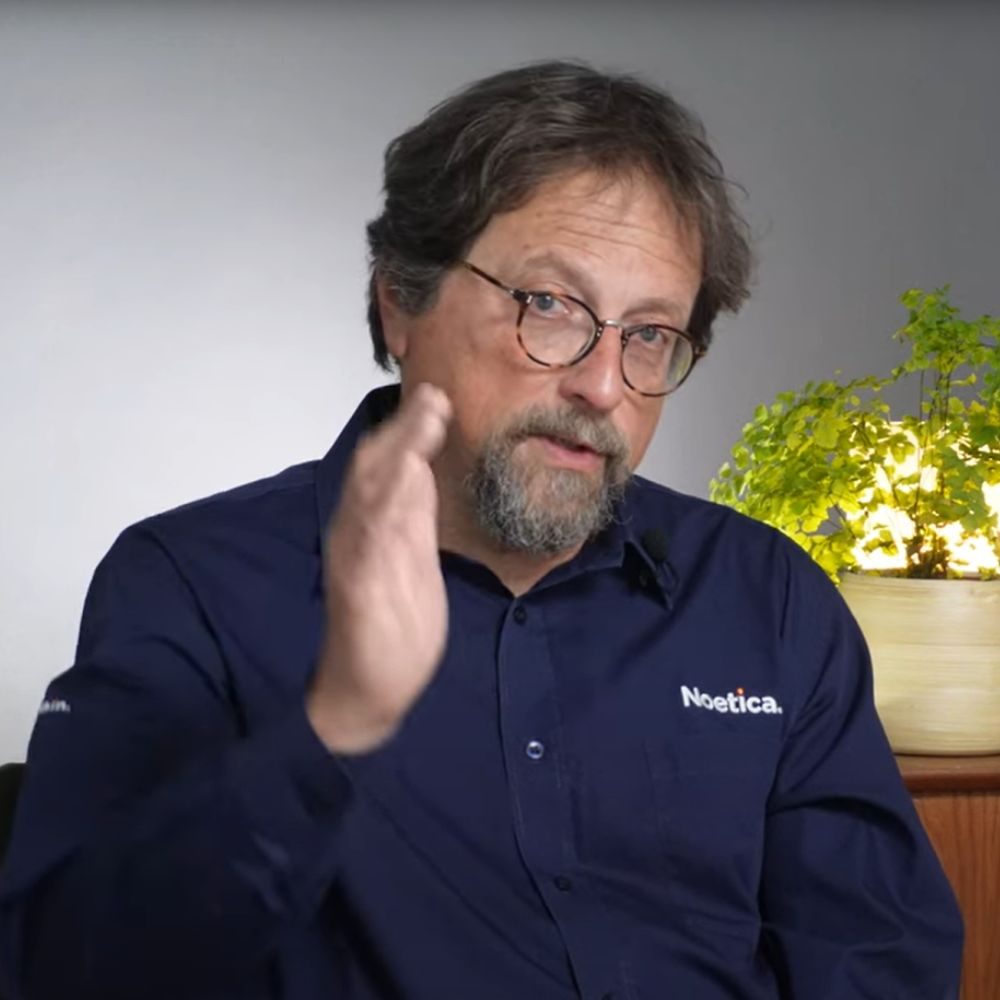Last year, Uswitch published research that didn’t come as a great shock to anyone who works in or around contact centres. It revealed that almost a quarter (23%) of 18 to 34-year-olds never answer the telephone. However, the idea of screening calls dates to before many of this generation were born.
Back in 1994, BT launched its Caller ID service which displayed the telephone number of the caller on the digital display of the telephone (for those who had that function). It also enabled people to dial 1471 to check the number of the last caller. The innovation coincided with advances in telephone technology, with rotary dials that had been standard since the 1960s, being replaced by push buttons.
Answer machines were available during this time and were standard in the workplace, but it wasn’t until the widespread adoption of mobile phones in the late 1990s and early 2000s that voicemail became part of daily life for the masses.
Today, most of us ignore calls from unknown numbers, thinking ‘If it is important, they will leave a voicemail’. However, this approach can often backfire. It happened to me recently. I had been arranging an appointment online, and the company called me to confirm some details, but I rejected the call, as I didn’t recognise the caller. When I played back the message, I called immediately, only to find myself going through a long IVR process and then waiting 25 minutes in a queue to speak to a customer service representative.
It was frustrating for me, but it also presents a wider challenge for most contact centres, which are lambasted for long queue times, but when they are proactive in their outreach they are sent directly to voicemail. Typically, the unsuccessful call will be recycled (placed back in the call list for redialling), however, repeated calls from an unknown number can result in the recipient blocking the number. The problem is exacerbated by calls often being misrepresented to the customer as spam by the phone carrier.
One very effective way to break the cycle is to make first contact with the customer via another channel. Whilst ignoring an incoming call has become second nature for many of us, the same cannot be said for an SMS or WhatsApp message, both of which are also accessed via the phone. Sending a message letting the customer know that you will be calling at a specific time, will significantly increase the likelihood of them picking up.
This is a simple yet highly productive strategy, as not only does it improve first-time connections, but it can also help reduce the volume of inbound calls and optimise agent efficiency, through better scheduling. What’s more, it saves the customer time and creates a more positive experience.
It is ironic that a year after BT began making it easier for us all to screen our calls, along came the iconic and somewhat irritating ‘It’s good to talk’ campaign with Bob Hoskins.
Talking on the phone still has a lot of value over other channels of communication, but with reports suggesting the average Brit spends three hours and fifteen minutes each day on their phone, and only five minutes of that time being spent speaking, it is more important than ever to make every connection count.
Editorial contact
Steven Brooks
Chief Commercial Officer & Vice-chair



